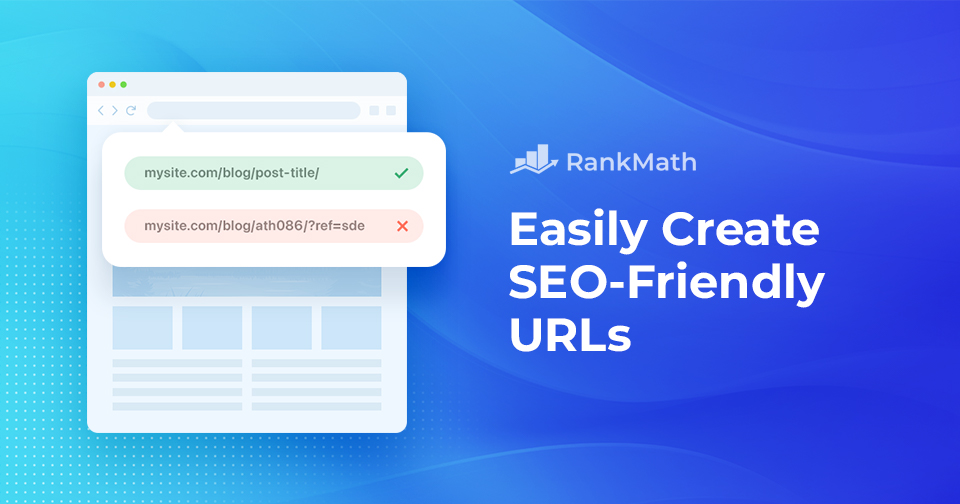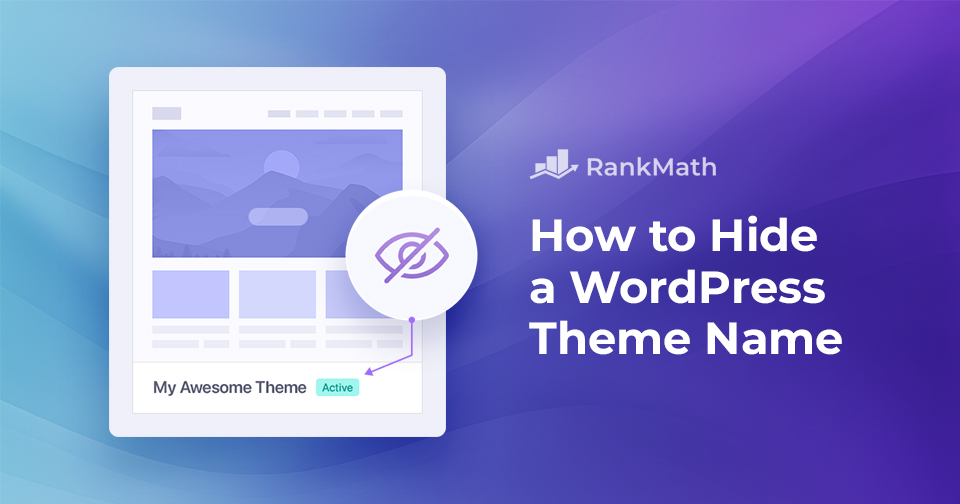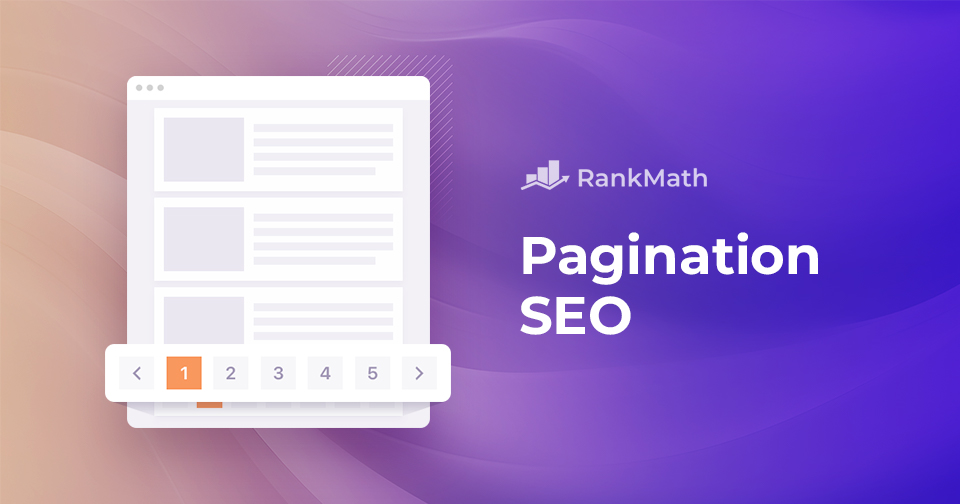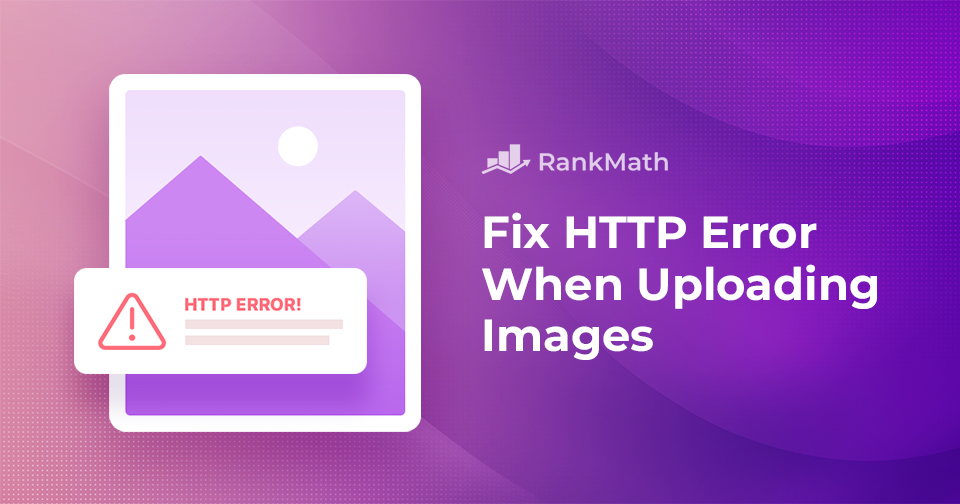How to Easily Create SEO-Friendly URLs
Have you ever wondered how websites make themselves more findable and accessible?
That’s because they’re SEO-friendly.
SEO-Friendly URLs make web addresses easy to read and understand, not just for us but also for search engines.
Creating SEO-friendly URLs isn’t just about technical finesse; it’s about enhancing user experience, streamlining navigation, and communicating with search engines in a language they appreciate.
In this post, we’ll discuss everything about SEO-friendly URLs and help you create them. So, without any further ado, let’s get started.
Continue Reading


![How to Create a WordPress Backup? [5 Easy Methods]](https://rankmath.com/wp-content/uploads/2023/12/How-to-backup-WordPress-site-960x504-1.jpg)

